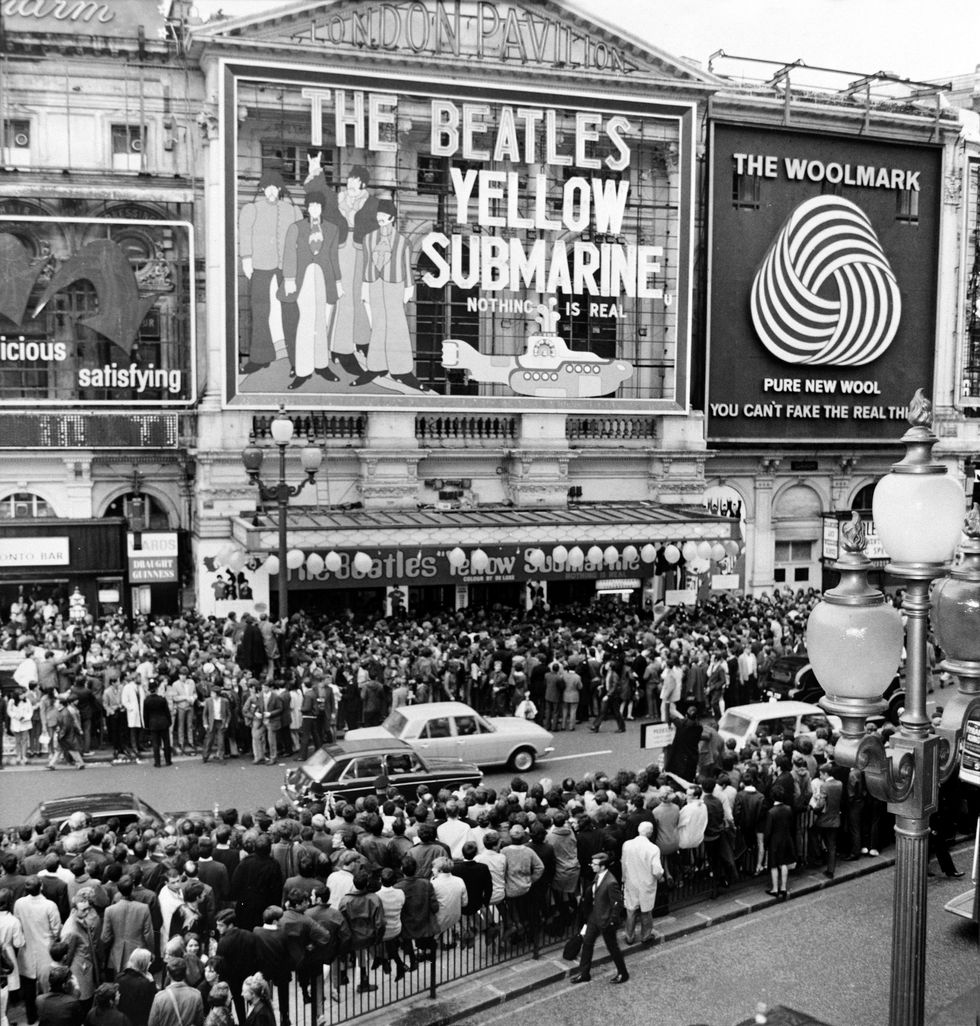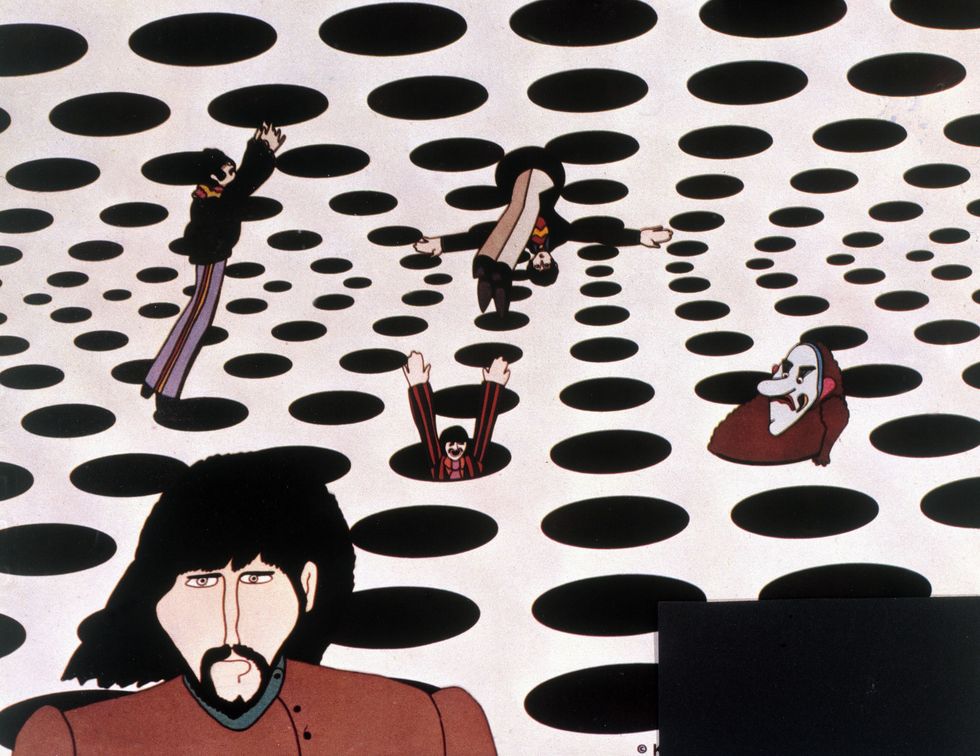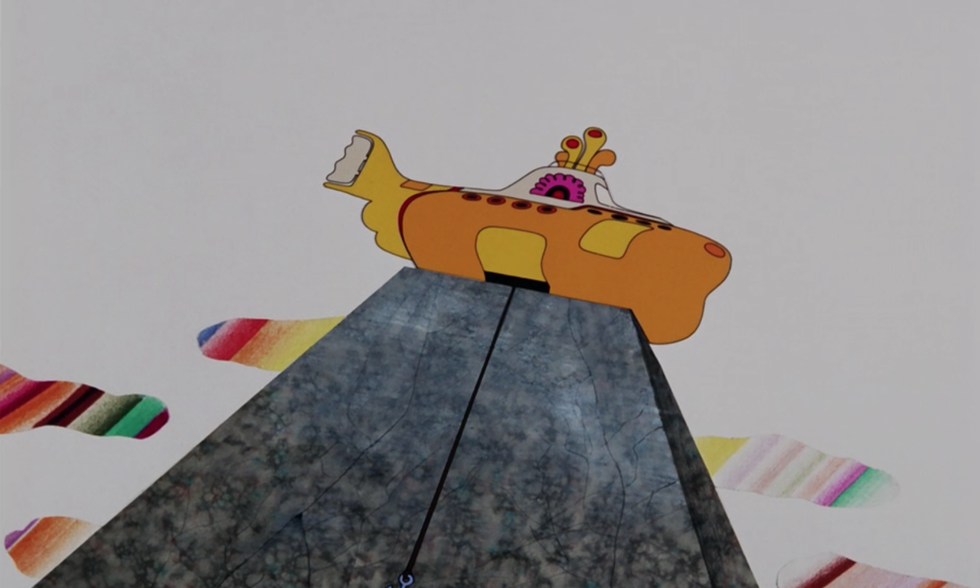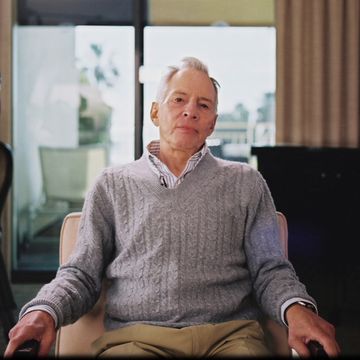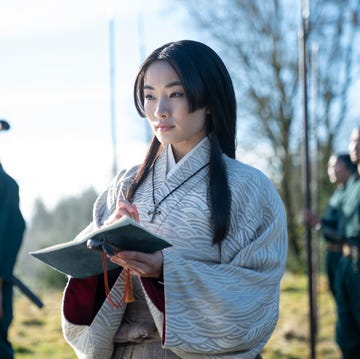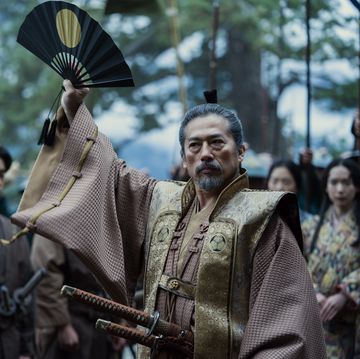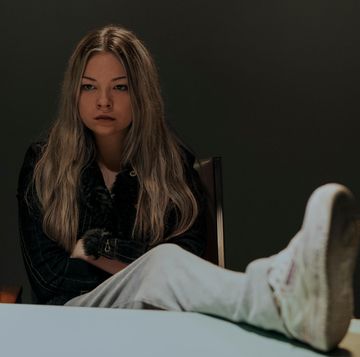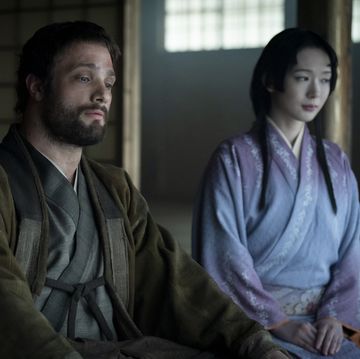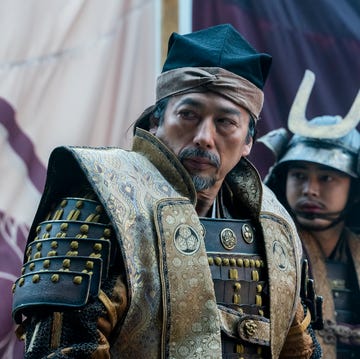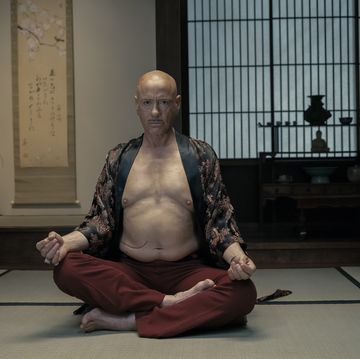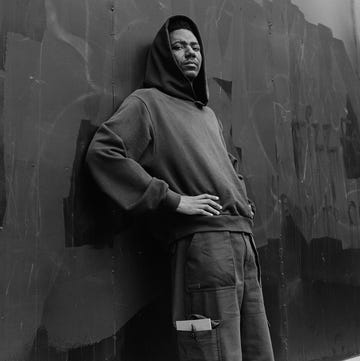In the summer of 1967, Joe D’Angelo, a young business manager at King Features was given a million dollars and told to figure out how to finance a feature-length film with the most popular band in the world. The movie needed to be finished in eleven months.
A year earlier, Al Brodax, then the president of King Features, a company that distributes content (including comic strips) to newspapers, had pitched Beatles manager Brian Epstein on turning their hit song "Yellow Submarine" into a movie. However, the budget, and the production schedule, was an insane request.
In those days, animated films took years and roughly four times that much money to develop. But D'Angelo got to work. He spent the year traveling between the U.S. and London, where 250 animators were working tirelessly inside a warehouse in the SoHo neighborhood to draw 25,000 cells for Yellow Submarine, in which cartoon versions of John, Paul, George, and Ringo save an underwater fantasy world.
“Six months into production, we were only about 40 percent finished with the film, and I was watching the numbers like crazy because you didn’t know what the hell you were gonna wind up with,” D’Angelo, whose now the chairman of King Features, told me.
That’s when an already chaotic production—with D’Angelo sending money to London in small increments so they didn’t have a million dollars sitting in England—hit yet another potentially disastrous snag. The animators went on strike, halting the production for three weeks.
“It was scary stuff, especially for me,” D’Angelo said. “I was the financial guy, being responsible for a million dollars. And whoa, what are we gonna do, piss it away? I mean, what if it never even got finished?”
After a year of immense pressure, King Features delivered Yellow Submarine in time. (D'Angelo, who had been with King Features only three months when he was assigned Yellow Submarine, would rise to president of the company a few years later.) “After all this effort and the heartache that we went through for that eleven, twelve month period, I really had very much an emotional feeling about the movie,” D’Angelo said. “I wanted it to be special.”
The movie would fundamentally changed the way viewers experience animation. This year, Yellow Submarine celebrates its 50th anniversary. In the half century since its release, animation has evolved beyond what D'Angelo could have imagined in the '60s. Now studios like Pixar and Dreamworks make fantastical movies that earns billions of dollars and spawn franchises. These studios as well as some of the most popular and beloved cartoons of the last 30 years owe a debt of gratitude to Yellow Submarine, which is frequently named one of the most influential animated films in history, serving as a template for modern cartoons, from The Simpsons to Adventure Time.
“I don’t think The Simpsons would exist without Yellow Submarine,” said Josh Weinstein, an Emmy-winning writer and producer who has worked on The Simpsons, Futurama, and the upcoming Netflix series Disenchantment. “Yellow Submarine was the first mainstream subversive piece of animation. It opened a door for animation for adults that didn't follow the rules—for Simpsons, and Ren & Stimpy, and Family Guy, and any modern animation that's also geared towards adults.”
Weinstein first saw Yellow Submarine at the age of six when the film was re-released in theaters in the early ‘70s. It completely blew his mind and inspired him to become a cartoonist. "I've met other people in animation who are around my age who always say the same thing," he said.
In Yellow Submarine, Old Friend, captain of the titular vessel, recruits The Beatles to travel to Pepperland, an underwater musical paradise, which is under siege by a horde of boot-wearing Blue Meanies, and the squat little Jeremy Hillary Boob, Ph.D., whom the heroes dub the Nowhere Man. The plot flows from one groovy set-piece to another, soundtracked by whimsical Beatles music. It's an amorphous, stream of conscious film full of dry wordplay and imagination. At times it feels more like a surrealist work of art, where the Beatles are unfazed after turning into children or being chased by giant feet.
It was the characters in Yellow Submarine that made an immediate impression on Weinstein. “For years, Disney had beautiful animation, but it never struck me as very funny, and characters like Mickey Mouse were just the most bland characters possible,” he said. “With Yellow Submarine, you could tell it was a real labor of love that people poured their personalities into.”
Because of the tight production schedule, animators were forced to innovate while making Yellow Submarine. For instance, some scenes used hundreds of postcards and still pictures of the animators themselves.
“Part of it was by chance in the process. It looks so different and each frame winds up being its own piece of art, because of the non-traditional way that the production turned out,” said CJ Kettler, the current president of King Features (which sold the rights to Yellow Submarine to Subafilms LTD. in the 1990s), who considers Al Brodax her mentor. “I don't think they necessarily expected it to come out or to break the boundary that way. Typically, you would have your storyboards done and then do the production all at once, but because of the way the production panned out they were sort of doing it all to a large extent on the fly.”
The lack of storyboard helped give Yellow Submarine this stream-of conscious-spirit, a free-flow much like Beatles music itself, explained Weinstein.
Fifty years later, links to Yellow Submarine can be found all over modern animation. Weinstein recalled episodes of The Simpsons that borrow heavily from the movie. In the episode "Last Exit to Springfield," for instance, the dentist gives laughing gas to Lisa, who goes on an extremely Yellow Submarine trip. In "The Mysterious Voyage of Our Homer," Homer starts tripping in the desert after eating a hot pepper.
“It very specifically references Yellow Submarine's use of live action footage, so when Homer's first going on a trip, he's against footage of live-action clouds," Weinstein said.
The Simpsons is indebted to Yellow Submarine in a more nuanced way.
“What I think is great about both Yellow Submarine and The Simpsons is it's for everybody. It's for kids, but it's for adults, and I think one thing is it doesn't talk down to kids," Weinstein said. "It doesn't bother to explain a joke that will go over their head, because it knows somebody will get it. And it's the same with The Simpsons. You have big, broad jokes, but you also have these really oblique references as well. So I think that helped influence its writing style.”
The Simpsons wasn't the only show to come of age in the '90s that Yellow Submarine inspired. Early Nickelodeon shows like Ren and Stimpy and Rocko's Modern Life also sprang from the film, according to Kettler.
Weinstein and Kettler both point to Adventure Time, the Emmy-winning sci-fi fantasy program on Cartoon Network, as a modern day Yellow Submarine. Indeed, Adam Muto, the executive producer of Adventure Time, said his show wouldn't exist without The Simpsons, which owes its existence to Yellow Submarine.
John DiMaggio, who voices Adventure Time's Jake the stretching dog (and Bender on Futurama, another show heavily influenced by the animated Beatles film), has even called Adventure Time this generation's Yellow Submarine. The show follows Jake and his human friend Finn in a post-apocalyptic fantasy Land of Ooo. A large supporting cast of characters includes The Ice King, Princess Bubblegum, Marceline the Vampire Queen. The surreal tone, imaginative characters, and vast world building have strong connections to Yellow Submarine.
“There's this kind of extra surreality that we just embrace, and you don't explain. You don't explain why there's a flying submarine, you don't explain why Jake can stretch, at the beginning at least, or why there's a princess made of bubblegum, or why there's an Ice King and why Finn wears an animal hat,” Muto explained. “I think that's kind of something that is in Yellow Submarine, too, because there are all these sequences that kind of just start and almost are music video sequences.”
One episode, "Food Chain," a wild, music-focused episode, with bright colors and characters randomly turning into caterpillars, was directed by Masaaki Yuasa, whose work is heavily influenced by Yellow Submarine. "When we got him to direct an episode, that was one of the highlights of the show," Muto said.
The overall conflict of Yellow Submarine, according to Muto, is the clash of music and art, as represented by The Beatles, against rigidity and dullness, which are the Blue Meanies. But the movie also revels in the symbolism of quietude among the chaos. "There's almost more quiet moments than there are chaotic moments," he said. "Even when things are going bad, the characters aren't really getting freaked out."
In that sense, it's remarkable that the film not only influenced a generation of cartoonists and writers but also captured the spirit of the 1960s—this notion of rigidity versus creativity and calm amid the chaos. It's a message that remains powerful all these years later.
"That's a hell of a statement, the masterpiece of cartoon art," D'Angelo said of Yellow Submarine's legacy. "It was way ahead of it's time, way ahead of it's time."

